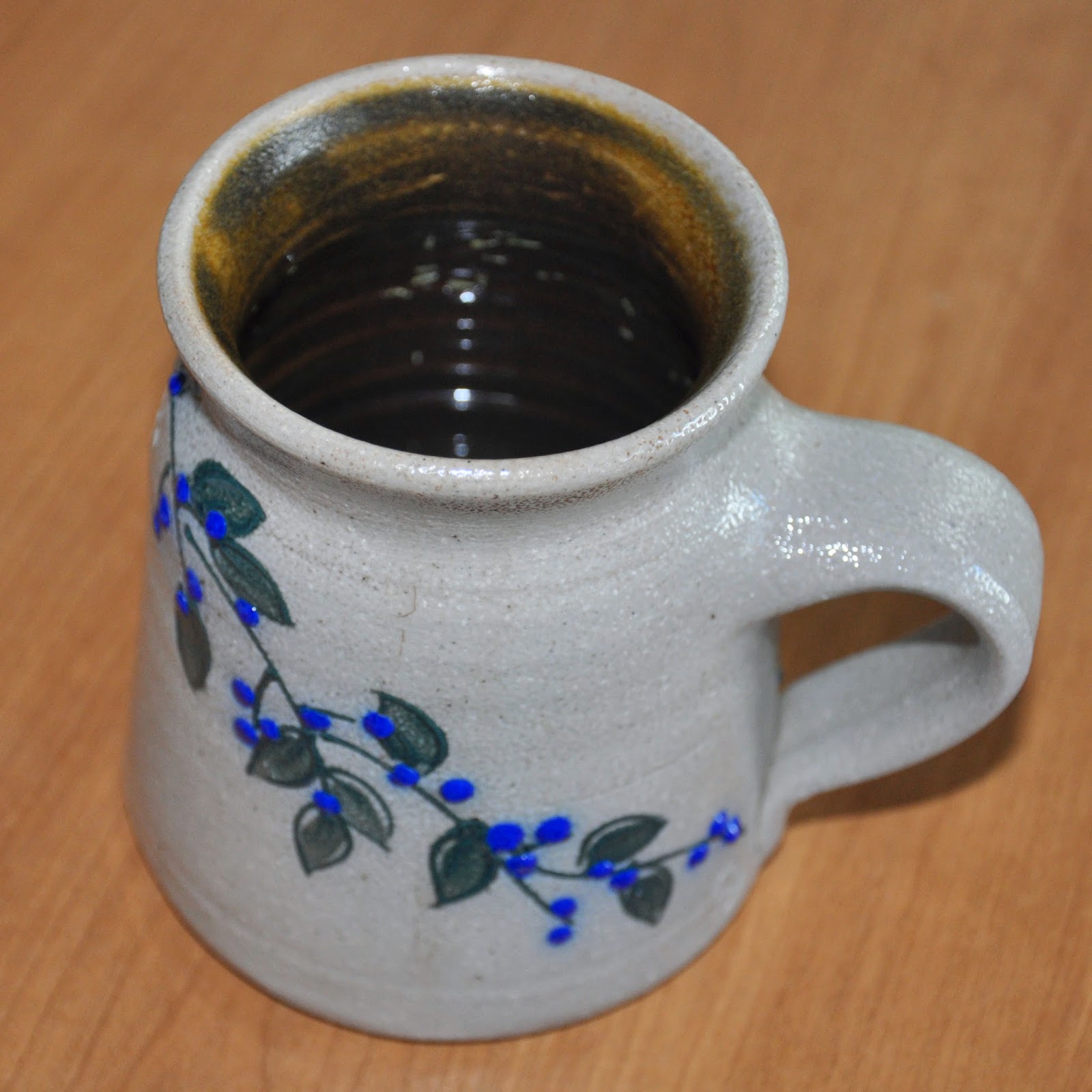We took our time getting back to Kayuta Lake from our primary residence by stopping at some of our country's famous sites - LasVegas, Hoover Dam, Carlsbad Caverns. One unexpected consequence of this late arrival appeared to be the loss of our hummingbirds. Up until a few days after we arrived, they still have not come.

The bark and leaves of the hemlock can be used to make tea. For centuries, the Iroquois people drank it as their common tea especially in the winter when they needed extra vitamins and minerals, particularly vitamin C. In 1525, the French explorer Jacques Cartier was the first European who used tea from the bark and leaves of "annedda" (the Onendaga name for Hemlock) to treat his crew members who were afflicted with scurvy. Some other beneficial effects of hemlock include being helpful in kidney and bladder problems, as a wash for external sores and ulcers, as a mouthwash for canker sores, gangrene and throat problems. Powdered bark can be put in the shoes for tender or sweaty feet or for foot odor. It is good for uterine and colon problems, can be used as douche for leukorrhea and as an enema for diarrhea. Leafy twigs have been used in steam baths for rheumatism, colds, fevers, diarrhea, cough, stomach troubles and scurvy. Hemlock however, has an abortive effect and should never be used in pregnancy.
The Eastern Hemlock should not be confused with poison hemlock which caused the death of Socrates. Poison hemlock (Conium maculatum)is a herbaceous weed that grows between 5-8 feet tall with leaves that resemble parsley and small white flowers in the spring. All parts are poisonous and ingestion causes death by respiratory paralysis. According to wikipedia, the similarity in smell of the crushed leaves of the tree probably lead to its being named hemlock despite of its being totally unrelated to poison hemlock.
Assured of its safety, I was ready to try brewing my own hemlock tea. Internet sites showed varying amounts of needles to be used: half a palmful of needles from short twigs (yourleaf.org),
one palmful of young needles (vintagehikingdepot.com, needles from 8 small branchlets (youtube), 1 tsp of inner bark, twigs or needles (coolhemp.com). These are then steeped in a cup of hot/boiling water for 10-12 minutes and then strained to remove the needles.
Since the more favorable taste was reported by those who used young needles, I collected only the lightest green needles found on the tips of the branchlets. I poured a cup of hot boiling water and steeped it for 12 minutes.

 The tea was light in color, with a subtle, pleasant taste and a piney aroma. I did not notice any bitter taste which might be related to the tannin content which is mostly the source of its beneficial effects. Maybe I should have used or added more mature needles but then again, I think I like my tea just like the way I made it.
The tea was light in color, with a subtle, pleasant taste and a piney aroma. I did not notice any bitter taste which might be related to the tannin content which is mostly the source of its beneficial effects. Maybe I should have used or added more mature needles but then again, I think I like my tea just like the way I made it.
Friday, June 6, 2014
Hemlock Tea
Posted by pinoyski at 10:49 PM
Subscribe to:
Post Comments (Atom)

0 Comments:
Post a Comment